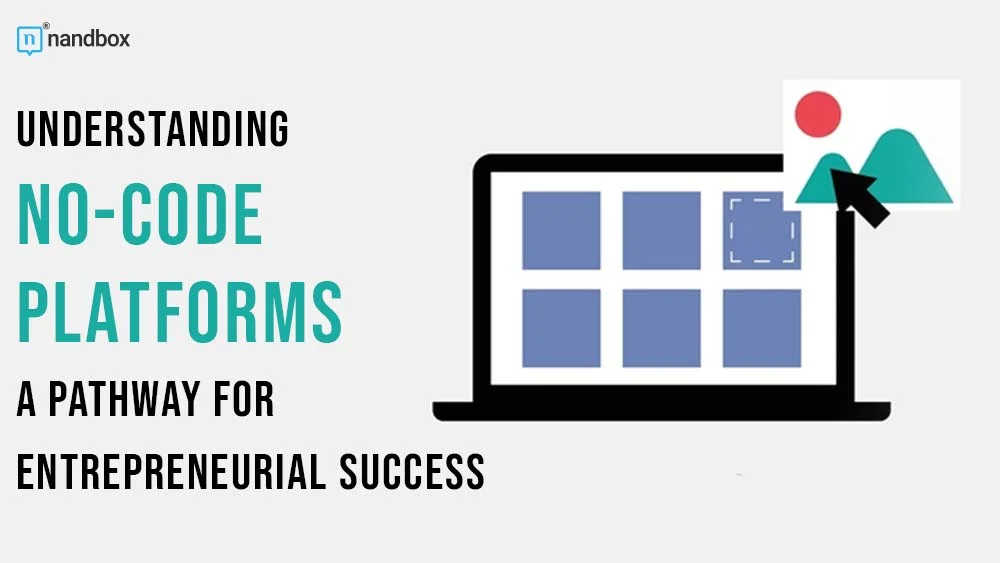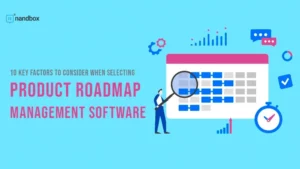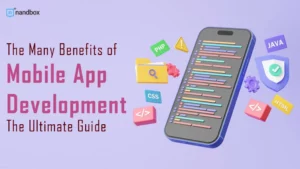No-code/low-code development platforms have come a long way in recent years. They make it possible for just about anyone to build custom software with a wide variety of internal and external use cases. This is all without having to know much in the way of programming, or computer science. This is quite the revolution in the software development landscape, one that is set to have widespread ramifications across the trillion-dollar global industry.
While it does put more pressure on the 10s of thousands of software professionals who now command big pay, it also unlocks opportunities for millions of entrepreneurs across the globe. In this article, we uncover this new pathway for entrepreneurial success, and how ambitious young professionals can make the most of it.
Why No-Code?
The allure of no-code/low-code development platforms is primarily their accessibility. They level the playing field, allowing entrepreneurs without a tech background to transform their ideas into functioning products quickly. So, if you have an idea in the morning, you can sketch it out by lunch, and by evening, you’re testing a working prototype. That’s the speed we’re talking about! No long drawn-out process that comes with traditional software development.
It also allows small business owners to build tools specifically for their business and operations without having to tailor their operations to some off-the-shelf software program.
The Versatility of No-Code
No-code isn’t a one-trick pony. From creating simple task management applications to complex ERP systems, these platforms can handle a range of functionalities. They’re used in creating websites, mobile apps, and even integrating with AI and machine learning models. Whatever your business needs, there’s a good chance a no-code tool can help you achieve it, as long as it isn’t too sophisticated.
Additionally, no-code/low-code development platforms support automation workflows, which can optimize operations from customer service to internal communications. This means less time spent on routine tasks and more on strategic activities, potentially transforming how teams collaborate and innovate.
Cost-Effectiveness & Efficiency
Building software is traditionally a wallet-heavy ordeal. No-code changes the game by drastically reducing the costs associated with software development. It eliminates the need for a team of programmers and the long hours spent writing and testing code.
This efficiency isn’t just about money, it’s also about time. Rapid prototyping means you can iterate faster, test more thoroughly, and get to market quicker than your competitors. Most importantly, you can now start building software to accommodate your internal systems and processes. If you run a business and want to institute a new system, you no longer have to hunt for new software solutions or adopt manual processes. Just a few drags and drops, and you are good to go.
The Drawbacks
With this, you might think the future of coding looks very bleak. But not so fast, because there are a few challenges that no-code has yet to address. No-code/low-code development platforms platforms, while beneficial, come with inherent challenges. The ease of use might come at the cost of reduced flexibility. These platforms can sometimes offer limited customization options that might not meet all specific enterprise needs or performance criteria.
Additionally, while they simplify many development processes, they may not be suitable for highly specialized applications that demand unique, complex functionalities. In such cases, you might still need to hire developers to achieve the desired level of customization or integration with other systems. This could potentially offset some of the cost and time benefits associated with no-code solutions.
Examples & Use Cases
There are plenty of examples and use cases for converting manual tasks into automated workflows using no-code solutions. A great one that we recently came across pertains to a CPA coaching review site, which tracks and reviews the best CPA review courses and coaching centers within the US.
All this while, the site owner spent time tracking the success or pass rate of each coaching center before updating the same on the site for their readers to review and make their decisions.
However, they’ve since built a no-code solution that automatically does the tracking and updating for them, saving plenty of time and effort. The site was built on WordPress and they used a no-code bot builder named Automatio.co to get it up and running in no time.
Choosing The Right No-Code Platform
When it comes to the right no-code/low-code development platform, users today are spoilt for choice, with a wide range of options with different features, functionalities, and price points. This makes it essential to approach platform selection very prudently, with considerations ranging from the needs of your business to the scalability of the platform, third-party integrations, and, of course, your budgetary constraints. It’s important to research and compare different platforms, and maybe even talk to other users to understand their experiences.
Getting Started With No-Code
Embarking on your no-code journey involves a few crucial steps,
1.) Define Your Requirements:
Clearly outline what you need from the application. This will guide your platform choice and ensure the tool meets your business needs. There are ways to make even the most complex requirements work using no-code, especially with No/Low-code frameworks emerging for everything from AI and ML to character recognition. However, you will need to be clear about your requirements beforehand.
2.) Prototype Quickly
Use the platform’s tools to prototype your application rapidly. This isn’t the stage for perfection. It’s about testing ideas and functionality. During the course of prototyping, you will realize the challenges, limitations, and opportunities that come with the platform. You can then decide whether to choose alternatives before you expend a great deal of time and effort.
3.) Test & Iterate
Collect feedback and refine your application. This iterative process is key to developing an effective tool.
4.) Implement & Train
Once your app is ready, roll it out within your organization and ensure that your team is trained to use it effectively.
Future of No-Code
The future looks bright for no-code technology. As the platforms evolve, we can expect them to become more powerful and capable of handling increasingly complex tasks. This advancement will continue to democratize software development, making it accessible to a wider audience and further catalyzing innovation.
It will be exciting to see people’s creative potential explode once coding is no longer a barrier to developing apps and solutions. No-code and low-code applications have already made quite a splash in the startup world. Several companies built on platforms, such as Bubble.is, are successfully raising millions of dollars from angel investors and VCs.
Conclusion
No-code/low-code development platforms platforms offer a compelling pathway for entrepreneurs eager to develop software solutions without traditional coding skills. They democratize technology, accelerate time-to-market, and slash development costs. While there are challenges and limitations to be aware of, the benefits they offer make them an invaluable tool in an entrepreneur’s toolkit. As this technology matures, it will undoubtedly open new avenues for innovation and efficiency in business operations.
By embracing no-code, entrepreneurs can not only keep up with technological advances but can also lead from the front. This means creating bespoke solutions that are perfectly aligned with their business needs.







